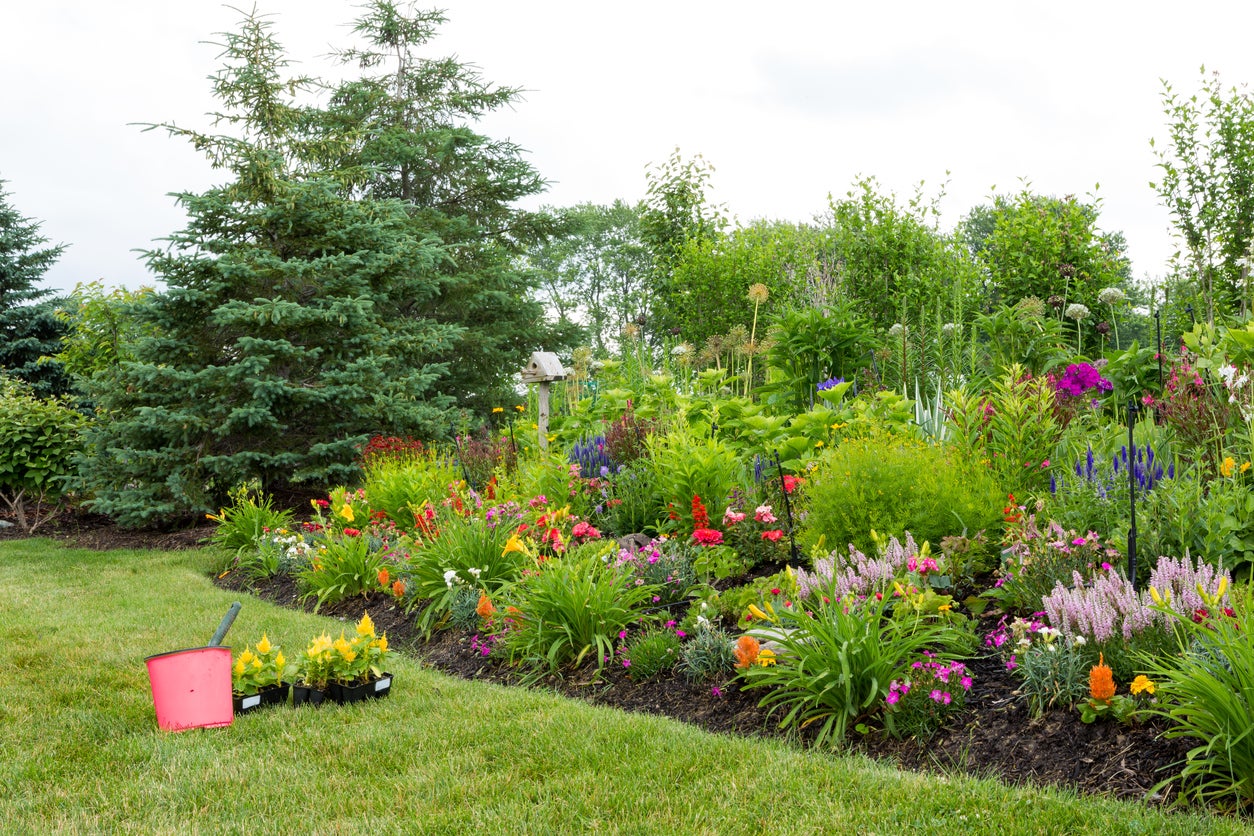Good Plants For Berms: What To Grow On A Berm


A berm can be a useful and an attractive part of your landscape, adding height and visual interest while also providing a wind or noise barrier or even changing and improving drainage. Whatever the reason you choose for creating a berm in your garden, don’t forget to choose and put in the best berm plants to make it really pop and look like more than just a random hill. Looking for some ideas for planting on a berm? Read on to learn more.
What to Grow on a Berm
A berm is essentially just a raised bit of the landscape, which you may choose to add to your yard for any variety of reasons: improved aesthetics, as a focal point, for a wind break, as a privacy screen, or to redirect drainage. Regardless of the reason, your new berm will be just a hill until you add plantings to it that make practical sense and that add to the beauty of your garden. For instance, trees are an obvious choice if your berm is for privacy or blocking wind or noise. You can also add any number of other plants to make a beautiful garden structure. Here are some great ideas for plants for berms:
- Arborvitae. For screening and windbreaks, you’ll want some type of tree. Arborvitae grows narrow, dense, and tall. These trees also grow quickly and provide year-round cover.
- Rose of Sharon. This pretty flowering tree/shrub provides some screening but in addition, the rose of Sharon produces bright, cheerful blooms all summer long.
- Hackberry. This often-forgotten tree is tough and can tolerate dry soil, which is often what you end up with in a berm. Hackberry will also tolerate a lot of wind and pollution, making this a good choice for an urban or suburban wind and privacy screen.
- Native grasses. Ornamental grasses are great for berms and provide some degree of screening, although less than trees do. Grasses have extensive roots and will help hold in the soil of the berm and resist erosion.
- Cacti and succulents. If you have the right climate, use these desert-like plants, which won’t need to be watered often. The soil at the top of a berm can get dry easily, so these plants will thrive.
- Perennial flowers. To add color and beauty to your berm, and for a mostly hands-off option, add in several different types of flowering perennials: black-eyed Susan, evening primrose, false indigo, hummingbird mint, and others.
Planting on a Berm
A landscape berm planting is not quite like your other beds. The ground is raised up and the soil can become too compacted and dry. To plant a successful berm, make sure you use good soil, cultivate it well, and choose plants that will help prevent erosion. Water your plants regularly, as the soil can dry out quickly. You can also use mulch around plants to reduce erosion and help keep moisture in the soil.
Gardening tips, videos, info and more delivered right to your inbox!
Sign up for the Gardening Know How newsletter today and receive a free copy of our e-book "How to Grow Delicious Tomatoes".

Mary Ellen Ellis has been gardening for over 20 years. With degrees in Chemistry and Biology, Mary Ellen's specialties are flowers, native plants, and herbs.